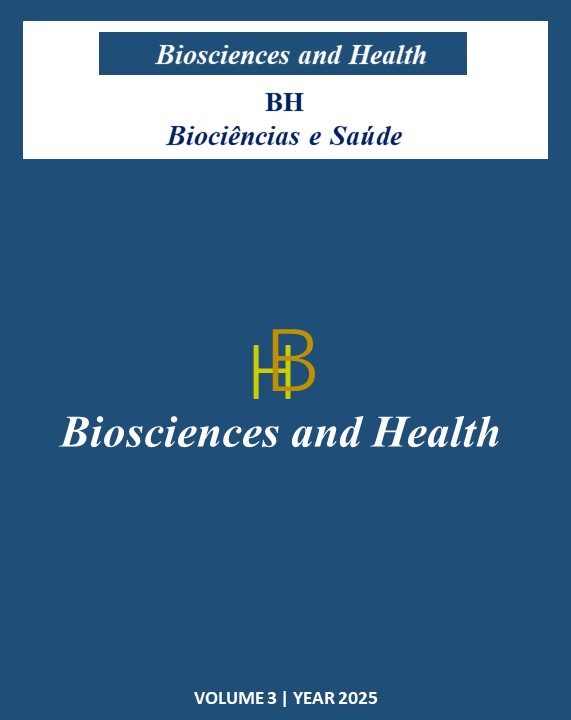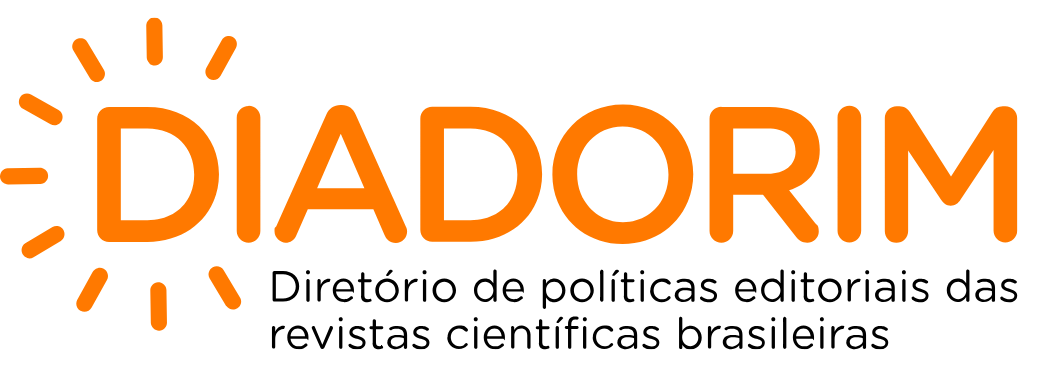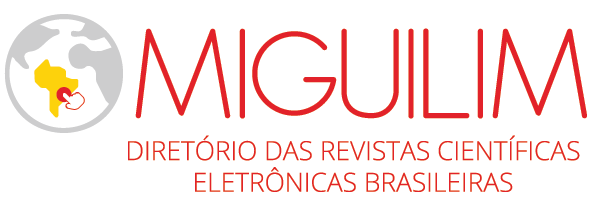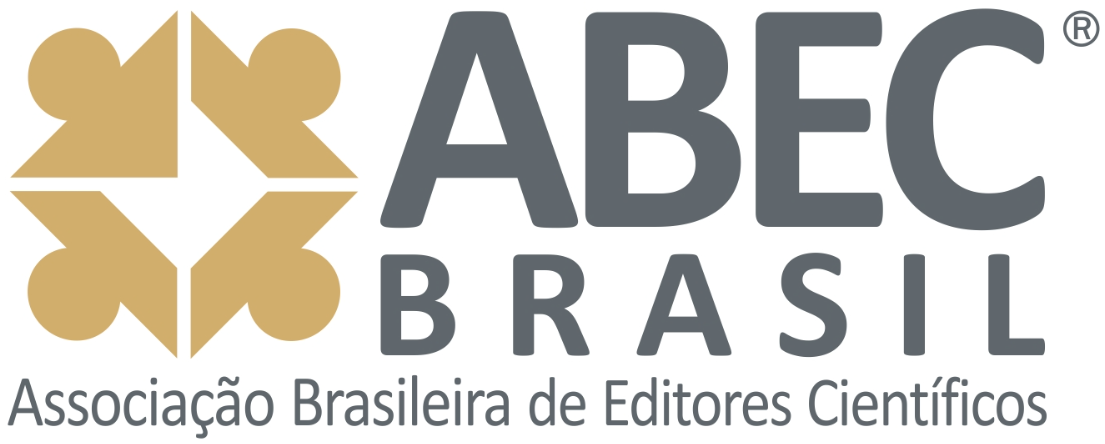Challenges in implant dentistry: biomaterials and their contribution to atrophic maxillae rehabilitation
DOI:
https://doi.org/10.62331/2965-758X.v3.2025.71Keywords:
Biomaterials, Atrophic maxila, Bone graft, Dental implantAbstract
The rehabilitation of atrophic maxillae represents a challenge in implant dentistry due to the loss of bone volume and quality, which compromises the stability and success of dental implant placement. This study aimed to integratively analyze the performance of different biomaterials applied in bone grafts for the rehabilitation of atrophic maxillae, highlighting their contributions and limitations. An integrative review was conducted following PRISMA guidelines, with searches in PubMed and BVS databases. Of the 382 studies identified, 19 were included. Autogenous grafts remain the gold standard, though they are limited by morbidity. Xenogeneic and alloplastic biomaterials preserve bone volume but exhibit slower integration. Composites stand out by balancing biological and mechanical properties. It is concluded that the choice of biomaterial should align with the patient’s clinical conditions, and advancements in bioactive scaffolds hold promise for overcoming current limitations.
References
ALSHAMMARI, M. M.; ALSHAMMARI, O. A.; ALTURKI, H. M., et al. Comparative analysis of different bone graft materials. Migration Letters, v. 19, n. S5, p. 967-1000, 2022.
BAL, Z.; KAITO, T.; KORKUSUZ, F., et al. Bone regeneration with hydroxyapatite-based biomaterials. Emergent Materials, v. 3, p. 521-544, 2020. https://doi.org/10.1007/s42247-019-00063-3.
FATTANIAN, H.; MANSOURI, K.; MANSOURI, N. Biomaterials, substitutes, and tissue engineering in bone repair: current and future concepts. Comparative Clinical Pathology, v. 28, p. 879-891, 2019. https://doi.org/10.1007/s00580-017-2507-2.
GEORGEANU, V. A.; GINGU, O.; ANTONIAC, I. V., et al. Current options and future perspectives on bone graft and biomaterials substitutes for bone repair, from clinical needs to advanced biomaterials research. Applied Sciences, v. 13, n. 8471, 2023. https://doi.org/10.3390/app13148471.
HEITZ-MAYFIELD, L. J. A. Rehabilitation of atrophic maxillae using bone grafts and biomaterials: current evidence and future directions. Clinical Oral Implants Research, v. 31, n. 10, p. 888-899, 2020.
HERMONT, A.P.; ZINA, L.G.; da SILVA, K.D.; et al. Revisões integrativas em odontologia: conceitos, planejamento e execução. Arquivos de Odontologia, v. 57, p. 3-7, 2022. https://doi.org/10.7308/aodontol/2021.57.e01.
KAHNBERG, K. E.; HENRY, P. J.; HIRSCH, J. M., et al. Clinical evaluation of the zygoma implant: 3-year follow-up at 16 clinics. Journal of Oral and Maxillofacial Surgery, v. 65, n. 10, p. 2033-2038, 2007. https://doi.org/10.1016/j.joms.2007.05.013.
KUCKO, S. K.; RAEMAN, S. M.; KEENAN, T. J. Current advances in hydroxyapatite- and β-tricalcium phosphate-based composites for biomedical applications: a review. Biomedical Materials & Devices, v. 1, p. 49-65, 2023. https://doi.org/10.1007/s44174-022-00037-w.
MALEVEZ, C.; DAELEMANS, P.; ADRIAENSSENS, P.; et al. Use of zygomatic implants to deal with resorbed posterior maxillae. Periodontology 2000, v. 33, p. 82-89, 2003. https://doi.org/10.1046/j.0906-6713.2002.03307.x.
MARGONAR, R.; DOS SANTOS, P. L.; QUEIROZ, T. P.; et al. Rehabilitation of atrophic maxilla using the combination of autogenous and allogeneic bone grafts followed by protocol-type prosthesis. Journal of Craniofacial Surgery, v. 21, n. 6, p. 1894-1896, 2010. https://doi.org/10.1097/SCS.0b013e3181f4af65.
PAIVA, L. G. J.; BATISTA, A. C.; CARVALHO, L. C.; et al. Avaliação histológica de hidroxiapatita sintética associada a fosfato de cálcio (β-TCP) utilizados em levantamento de assoalho de seio maxilar. Revista de Odontologia da UNESP, v. 43, n. 2, p. 119-123, 2014. https://doi.org/10.1590/rou.2014.021.
PARK, J. W. Advances in biomaterials for bone regeneration: from bench to clinical practice. Journal of Clinical Implant Dentistry, v. 18, n. 7, p. 545-560, 2021.
SAPOZNIKOV, L.; HUMPHREY, M. Progress in dentin-derived bone graft materials: a new xenogeneic dentin-derived material with retained organic component allows for broader and easier application. Cells, v. 13, n. 21, p. 1806, 2024. https://doi.org/10.3390/cells13211806.
SCHMIDT, A. H. Autologous bone graft: is it still the gold standard? Injury, v. 52, p. S18-S22, 2021. https://doi.org/10.1016/j.injury.2021.01.043.
SCHWARZ, F. Implant treatment in atrophic maxillae: a systematic review of long-term outcomes. Journal of Periodontology, v. 93, n. 2, p. 156-172, 2022.
UGURLU, F.; YILDIZ, C.; SENER, B. C.; et al. Rehabilitation of posterior maxilla with zygomatic and dental implant after tumor resection: a case report. Case Reports in Dentistry, v. 2013, p. 930345, 2013. https://doi.org/10.1155/2013/930345.
VAN ZYL, A.; HARTSHORNE, J.; CARRASCO-LABRA, A. The impact of four harvesting techniques on the cell viability and osteogenic behaviour of cells in autogenous bone grafts: a critical appraisal of an experimental study. Open Journal of Implant Dentistry, v. 1, n. 1, 2013. http://dx.doi.org/10.4102/ojid.v1i1.6.
XEQUE, Z.; NAJEEB, S.; KHURSHID, Z.; et al. Materiais biodegradáveis para reparação óssea e aplicações de engenharia de tecidos. Materiais, v. 8, n. 9, p. 5744-5794, 2015. https://doi.org/10.3390/ma8095273.
Downloads
Published
How to Cite
Issue
Section
License
Copyright (c) 2025 Biosciences and Health

This work is licensed under a Creative Commons Attribution 4.0 International License.









